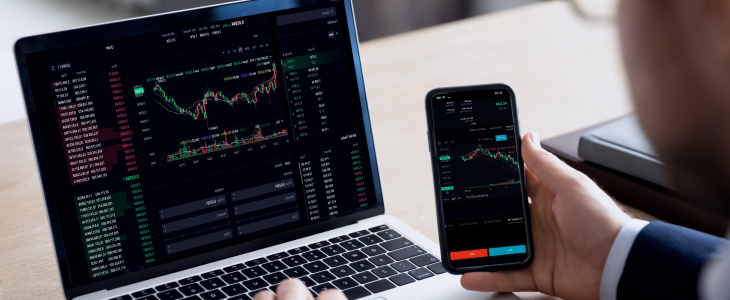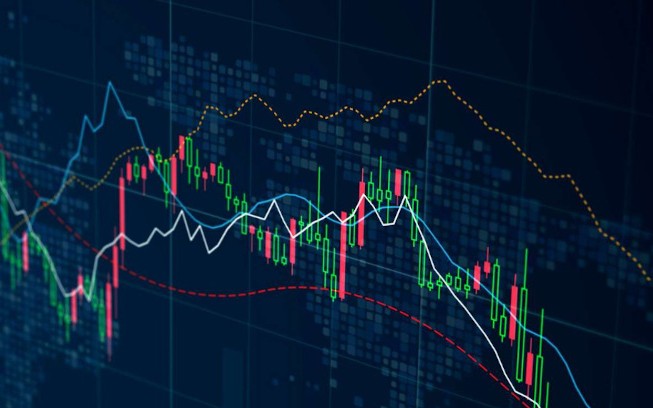
Essential Guide to Forex Trading Practice for Beginners
Forex trading, also known as foreign exchange trading, is one of the most dynamic and exciting markets in the financial world. With daily trading volumes exceeding $6 trillion, it presents enormous opportunities for traders to earn profits. Whether you’re a seasoned investor or a complete beginner, forex trading practice Qatar Brokers can help guide you through the intricate landscape of Forex trading. This article aims to provide you with essential insights and practical tips to enhance your trading practice.
Understanding Forex Trading
Forex trading involves buying one currency while simultaneously selling another. Currencies are traded in pairs, and their values fluctuate based on various economic and political factors. The major currency pairs include EUR/USD, USD/JPY, and GBP/USD. Understanding these pairs’ dynamics is crucial for successful trading.
The Importance of Practice in Forex Trading
Practice is arguably one of the most critical components of successful Forex trading. It allows traders to refine their strategies, develop their skills, and become more adept in the fast-paced trading environment. Simply put, the more you practice, the more you learn from your successes and mistakes. This learning process is essential to developing a trading style that works for you.
Choosing a Forex Trading Account
Before you can start practicing, you need to choose a Forex trading account. Many brokers offer demo accounts that simulate real trading conditions without financial risk. This allows you to practice trading strategies, understand the platform’s functionalities, and get accustomed to market fluctuations without the pressure of real money.
Types of Trading Accounts
- Demo Accounts: Perfect for beginners to practice without financial risk.
- Standard Accounts: Require a minimum deposit and offer competitive spreads.
- Managed Accounts: Where a professional manager conducts trades on your behalf.
Developing a Trading Plan

A well-structured trading plan is a blueprint that outlines your trading goals, risk tolerance, and strategies. Developing a robust trading plan includes the following steps:
- Define your trading goals, both short-term and long-term.
- Determine your risk tolerance and how much capital you are willing to invest.
- Choose your preferred trading style, such as day trading, swing trading, or position trading.
- Develop entry and exit strategies based on technical and fundamental analysis.
- Decide on your money management and risk management techniques.
Mastering Technical and Fundamental Analysis
Successful Forex trading relies heavily on analysis. Traders typically use two main types of analysis: technical and fundamental.
Technical Analysis
Technical analysis involves studying price charts and using indicators to predict future price movements. Some popular indicators include:
- Moving Averages
- Relative Strength Index (RSI)
- Bollinger Bands
Utilizing these tools can help gauge market sentiment and identify potential entry and exit points.
Fundamental Analysis
Fundamental analysis focuses on economic indicators and news events that can affect currency values. Traders should pay attention to factors such as:
- Interest rates
- Inflation rates
- Economic growth
- Political stability

Staying informed about these elements can provide insights into likely price movements.
Risk Management Strategies
One of the most crucial aspects of Forex trading is managing risk. Here are a few essential risk management strategies to consider:
- Set Stop-Loss Orders: Place stop-loss orders to limit potential losses on your trades.
- Use Leverage Wisely: While leverage can amplify gains, it can also magnify losses. Be cautious.
- Only Risk a Small Percentage: Many traders recommend risking no more than 1%-2% of your trading capital on a single trade.
Continuously Evaluate and Adjust Your Strategy
Forex trading is an ever-evolving market, which means strategies that worked yesterday may not necessarily work tomorrow. It’s vital to continuously evaluate your performance, analyze previous trades, and adjust your strategy as needed. Keeping a trading journal can be an effective way to track your progress and learn from your mistakes.
Utilizing Trading Tools and Resources
In today’s digital age, traders have access to a plethora of tools and resources that can aid their trading practice. Here are some popular options:
- Trading Platforms: MetaTrader 4 and 5 are widely used among Forex traders for their variety of analytical tools.
- Economic Calendars: Stay updated on key economic events that could affect the market.
- Forex Forums and Communities: Engage with other traders to share insights and strategies.
Conclusion
Forex trading practice is essential for anyone looking to succeed in this vibrant market. By developing a solid trading plan, mastering both technical and fundamental analysis, managing risks effectively, and continuously refining your strategies, you can significantly enhance your chances of success. Whether you are just starting or looking to improve your skills, remember that perseverance and practice will pave the way for becoming a successful Forex trader.
